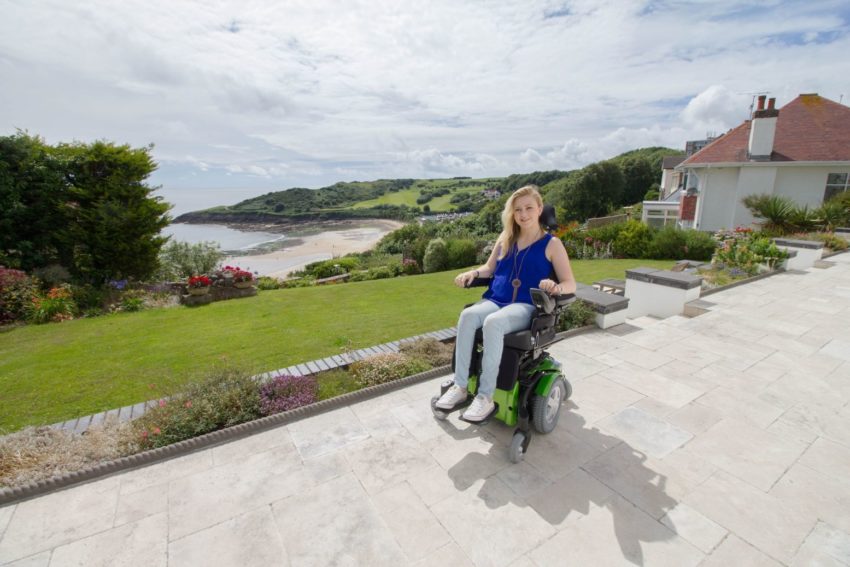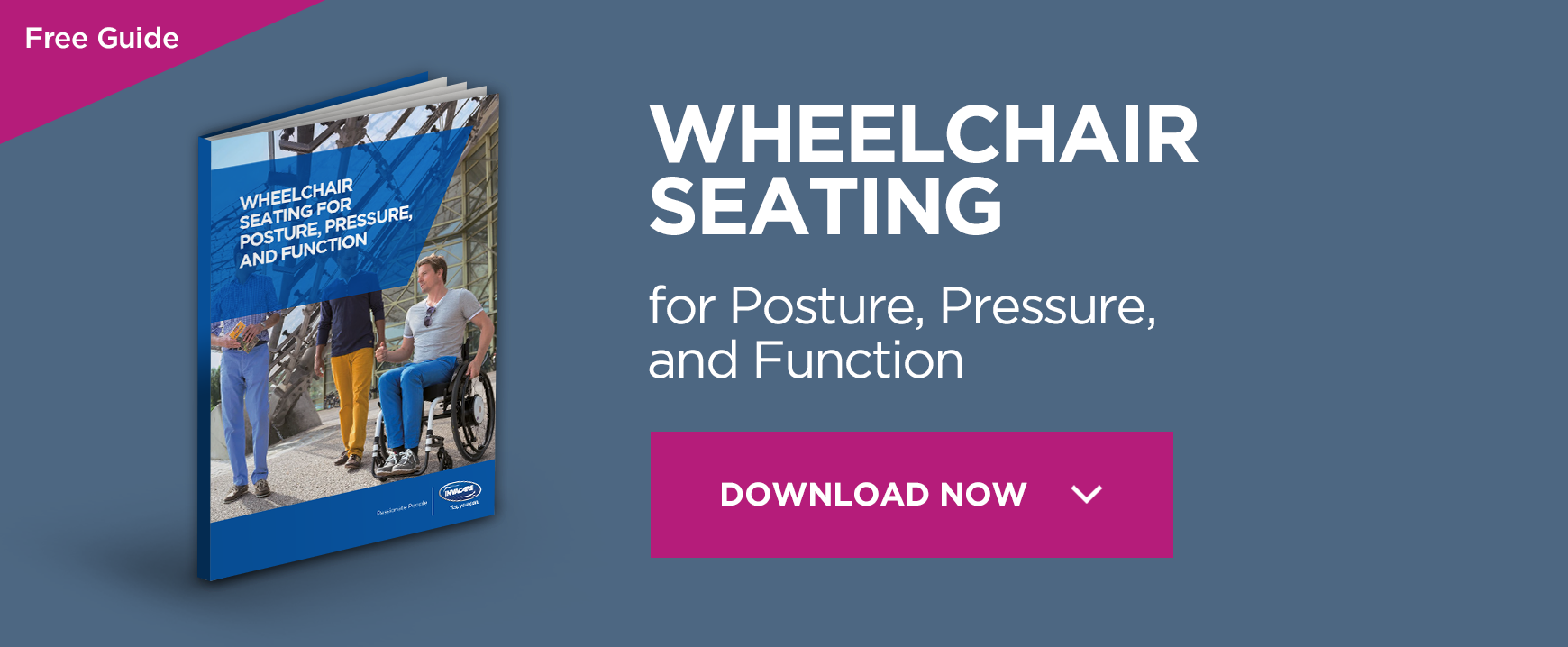Different types of wheelchair ramps and what to take into consideration when choosing one

Accessing the community, friends or family homes can be a challenge when using a wheelchair as there are significant barriers with thresholds and steps, however there are a significant number of types of wheelchair ramps that can assist you in accessing the places your want and need to go too.
When considering the right wheelchair ramp for you look at the following:
- Gradient. A gradient of 1:18 is idea however try never to go any steeper that 1:12, as this will allow a wheelchair user to mobilise up the ramp without undue effort or exertion.
- Surface of the ramp. Make sure it has a slip resistant covering to aid traction and avoid slipping.
- Edges. If possible go for a ramp with some element of up stand to the edges to prevent the wheels of the chair going over the edge and causing a fall.
- Carrying. Ramps are generally an awkward shape, always try carrying one before you buy, for the distances you are likely to have to transport them.
- Storage. Where are you going to store your ramps, remembering that some are more bulky than others
- Weight Capacity. The weights of ramp vary enormously, always check the actual weight and do not rely on marketing blurb that says ‘light weight’. Always check if the ramps weight capacity is high enough to support the weight of the device plus user ”
There are various types of ramps and it is important to look at all the options and make the decision based on your individual needs.
Threshold or door wedge wheelchair
These are small infill ramps that are simple solutions to a common problem of trying to get over the doorframes or thresholds and provide a barrier free access to a house or community facility. They can either be placed either side of the lip and stay insitu or bridge the threshold and need removing if the door needs to be opened.
This smaller ramp can really improve the ease of access to your, your family and friends homes. For more information on accessible homes go to see this article: A Wheelchair Accessible Home: Seven Areas To Improve
Longer portable wheelchair ramps
- Suitcase ramps
This type of ramp is compact, lightweight and folds for ease of transport, use and storage. They can take up to 450kg in weight depending on supplier, so ideal for the larger powered wheelchairs and can come in lengths up to 2400mm or 8ft, so idea for steps heights up to 200mm or 8 inches.
- Trifold ramps
Trifold ramps are similar to the above; however fold into three for ease of transportation and storage. Most models do require the inserting and removal of a pin so require the person putting them together to have good eyesight and hand dexterity. The major advantage is that they come in lengths up to 10ft or 3050mm, so ideal for a greater number of steps or deeper treads.
- Roll up ramps
Roll up wheelchair ramps are useful in situations where there is uneven ground as they adapt to the terrain due to their robust but supple structure. They can be shortened or lengthened depending on needs, so are highly flexibly in their use when the height of the step change is not know.
- Modular ramps
If you are staying at a property for a longer period you can get a more substantial portable wheelchair ramp. They allow for access when there is significant number of stairs to a door and can also be built with a platform for ease of access at the top and bottom. During the specification process you can also ask for handrails at what height you wish them to be at and also add in a flight of steps for other members of the family or public.
Ramps for specific activities
Other wheelchair ramps to consider are those that access your car, these can assist with helping to put your wheelchair in the car with ease.
Remember that threshold, steps and stairs should never be a barrier to accessing what you want or need to do.







